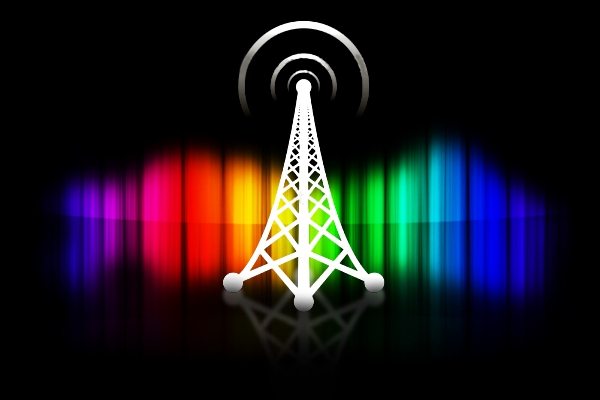In general, FDD is considered better for coverage and TDD better for capacity
Mobile operators are looking to carrier aggregation (CA), which allows them to use multiple sub-6 GHz spectrum channels simultaneously, as a method of increasing the bandwidth and speeds of their 5G networks. However, to enhance the performance of 5G networks even further, equipment vendors such as Ericsson and Qualcomm have been exploring FDD/TDD carrier aggregation.
FDD, or Frequency Division Duplex, and TDD, or Time Division Duplex, are two different spectrum usage techniques employed by mobile operators. While FDD uses separate frequencies for the uplink and the downlink, TDD uses a single frequency for both uplink and downlink, and therefore, they transmit at different times, making it more suitable when paired spectrum is not available. In general, FDD is considered better for coverage, while TDD is better for capacity.
But Ericsson and Qualcomm have argued that FDD/TDD carrier aggregation for 5G can create a sort of goldilocks situation, in which the high-band TDD coverage area can be improved by combining TDD with low-band FDD spectrum, and the TDD spectrum can significantly improve the overall downlink throughput.
This, said the companies, will unlock even higher average speeds and better 5G coverage for consumers. This makes sense if you think of a frequency band as a sort of pipe in which something travels through. The wider the pipe, the more it can hold and transfer. That is the basic principle behind carrier aggregation: Increasing the data rate per user by assigning multiple frequency blocks to the same user.
When you then add the capability of aggregation across both FDD/TDD bands, you are further widening that pipe, increasing the amount of traffic that can flow through it.
In August 2020, Ericsson and Qualcomm completed a 5G SA carrier aggregation test at Ericsson’s labs in Beijing, China. The connection reached 2.5 Gbps peak speeds by aggregating 100 megahertz + 60 megahertz within the 2.5 GHz (n41) TDD band in a 70% downlink configuration and using 4×4 MIMO. They then followed this up in Sweden with another 5G SA carrier aggregation data call that combined 20 megahertz in the 600 MHz (n71) FDD band with 100 megahertz of spectrum in the 2.5 GHz (n41) TDD band.
FDD/TDD carrier aggregation isn’t new to 5G. As far back as 2015, Ericsson expressed optimism about the method as it pertains to LTE, when it partnered with Vodafone to launch the first commercial FDD/TDD CA in Portugal. For 4G, CA improves peak data rates up to 2 Gbps as well as optimizes user throughput.
However, according to Qorvo, carrier aggregation in 5G New Radio (NR) will provide multi-connectivity with asymmetric upload and download, providing even more bandwidth, to a single user. Specifically, up to 700 megahertz is available in millimeter wave frequencies and in sub-7 GHz band, up to 400 megahertz of instantaneous bandwidth can be achieved using four 100-megahertz channels.
Furthermore, once Standalone (SA) 5G architecture becomes ubiquitous, carrier aggregation will create possibilities and opportunities that far exceed those of LTE networks. With 4G no longer the backbone of 5G networks, carriers will be able to add bandwidth for 5G by combining channels across spectrum types dedicated to 5G, such as combining ultra-fast mmWave with more wide-reaching low- or mid-band spectrum.
“5G carrier aggregation will be a key technology for extending the coverage of mid-band and high-band 5G in addition to enabling faster data speeds and enhanced performance,” said Per Narvinger, Ericsson’s head of product area networks, adding that the companies expect to see “a ramp up [of carrier aggregation] in 2021.”

